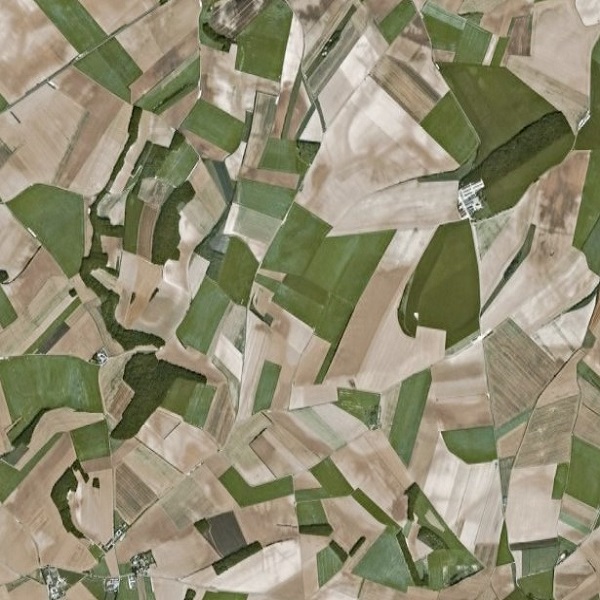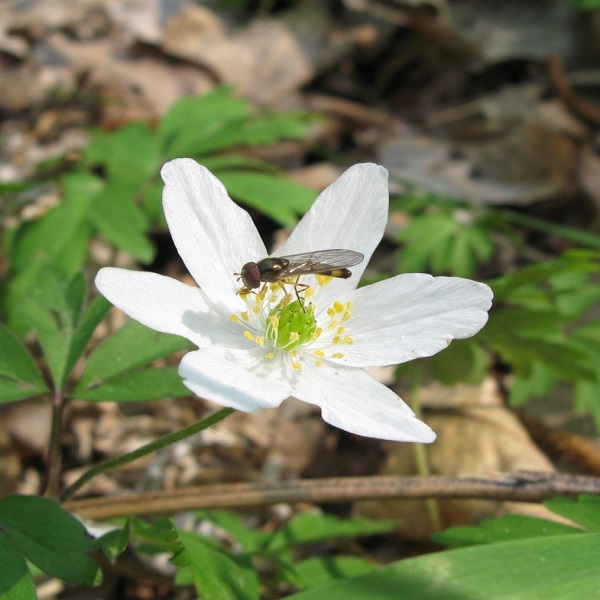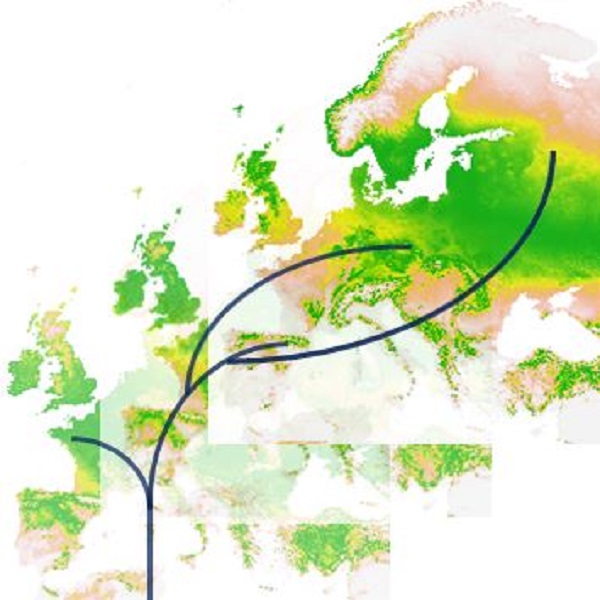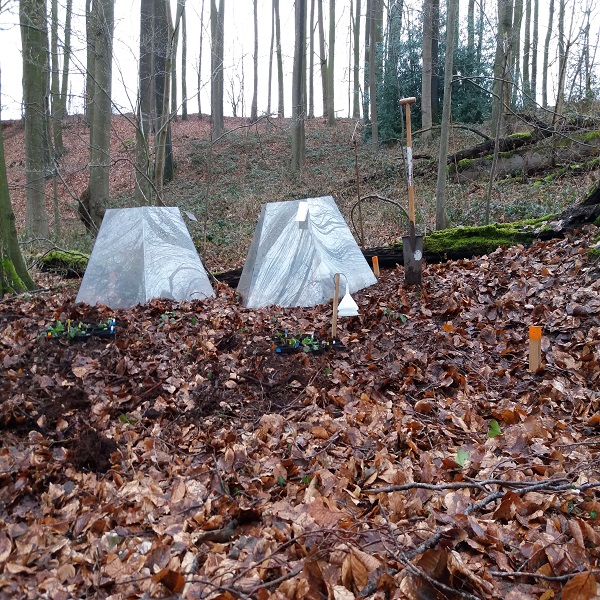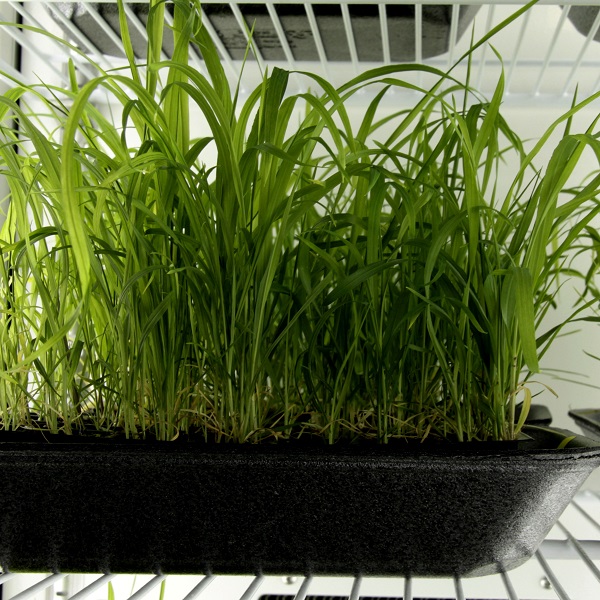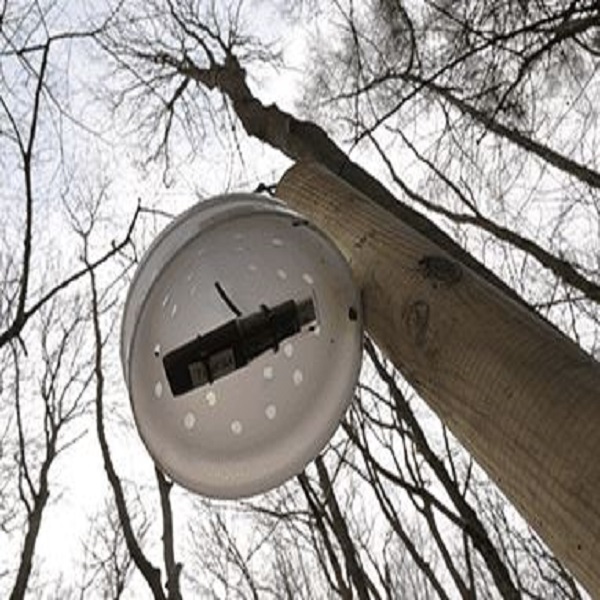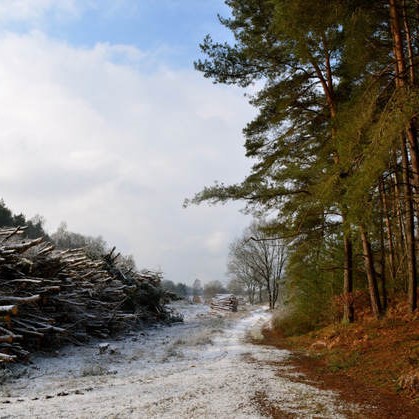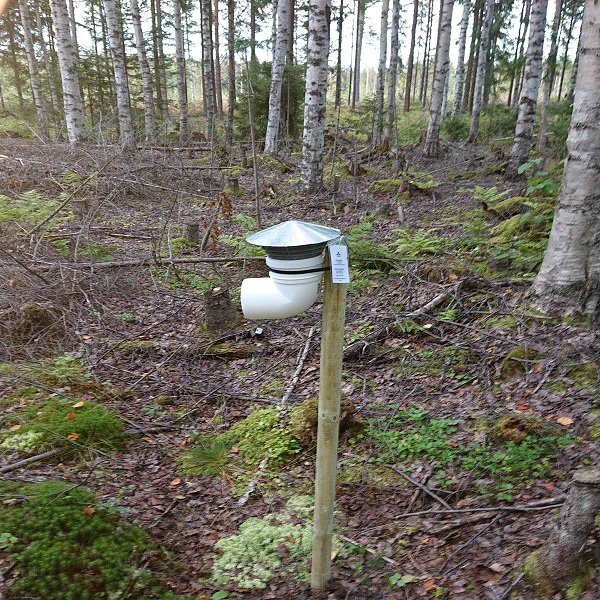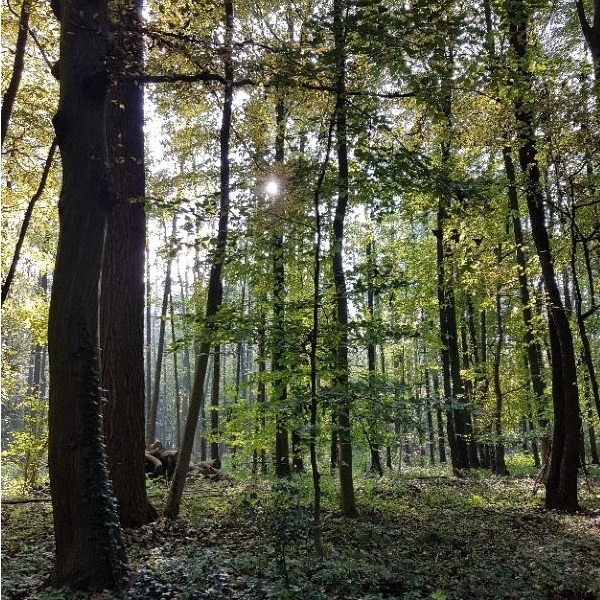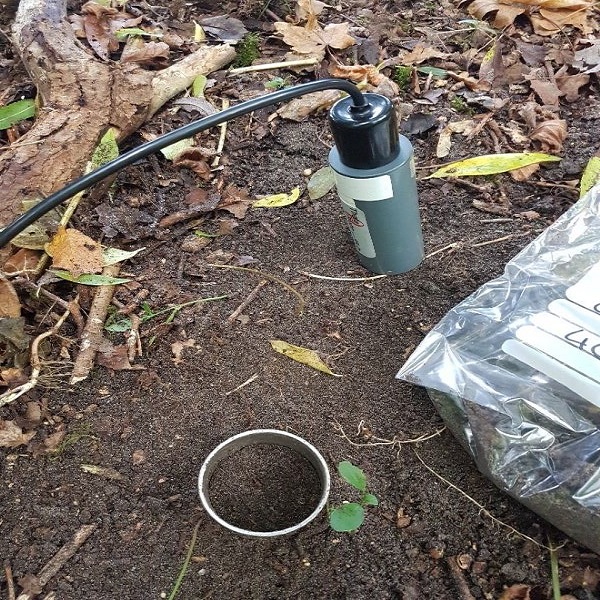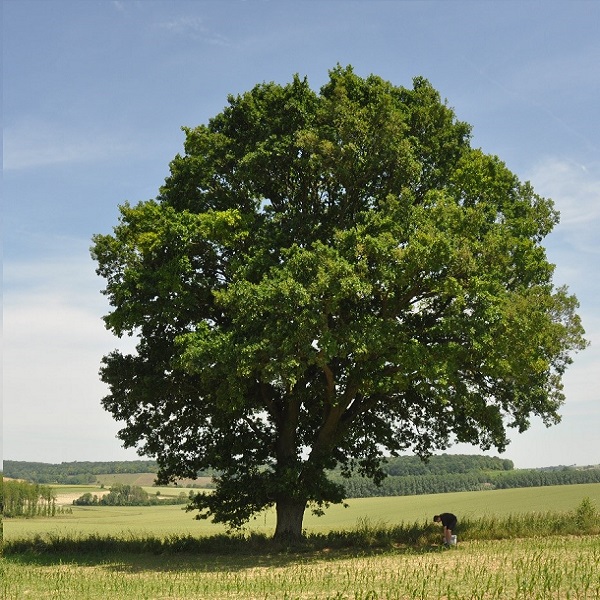A brief introduction to FLEUR
The principal purpose of the scientific research network FLEUR (entitled 'Functional significance of forest plants in a changing environment') is to assess the interactive effects of multiple global change drivers on plant communities and ecosystem functioning in temperate deciduous forests of Europe. Arguably the most important threats to forest biodiversity are climate change, enhanced atmospheric inputs of nitrogen, and land-use and management changes. Research on the individual effects of these global change drivers on forest plant populations and communities was an earlier focus of the research network. However, relatively little information is available on the effects of multiple global changes on ecosystem functioning.
Several methods are being adopted in the FLEUR network. First, we make use of the environmental variation along latitudinal gradients (i.e. along a north-south gradient). Latitudinal gradients allow for assessing long-term ecosystem responses by surveying different populations along the gradient and by using the observed differences to infer a potential response over time (cf. De Frenne et al. 2013). This is the main reason why the participants' institutions are situated along a north-south transect (see map below). Not only temperature, but also rates of atmospheric pollutant deposition and patterns of land use vary more or less independently along the spatial gradient, allowing us to unravel the specific contributions of these drivers (cf. De Frenne et al. 2013; Verheyen et al. 2016). In addition to these observational studies, multifactor experiments enable researchers to dissect the effects of particular environmental drivers from other confounding effects. Therefore, integrated approaches of observational studies along spatiotemporal gradients with experiments are emerging as the way forward to further our understanding of species and community responses to global change. Finally, synthesis work is performed by the FLEUR network across species to quantify the functional role of forest herbs.
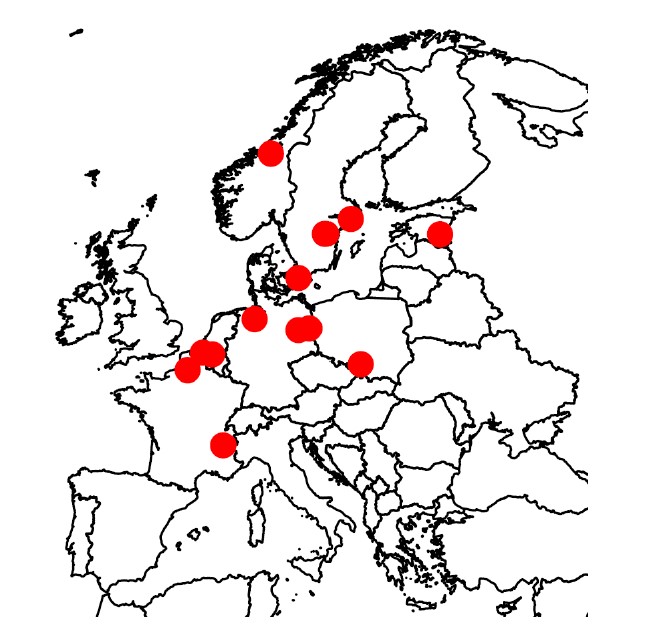
Hence, the main objectives of the research network FLEUR are to:
- Obj. 1) Compile existing datasets to determine the functional role of forest plant communities in the face of multiple global change drivers;
- Obj. 2) Perform observational studies of forest plants and ecosystem functions along the wide environmental variation present across the latitudinal gradient;
- Obj. 3) Set up coordinated multifactorial experiments at various sites along the latitudinal gradient to study the interactive effects of global change drivers on forest plant communities and ecosystem functioning.
Click on the images below to read more about a selection of past and ongoing FLEUR projects
